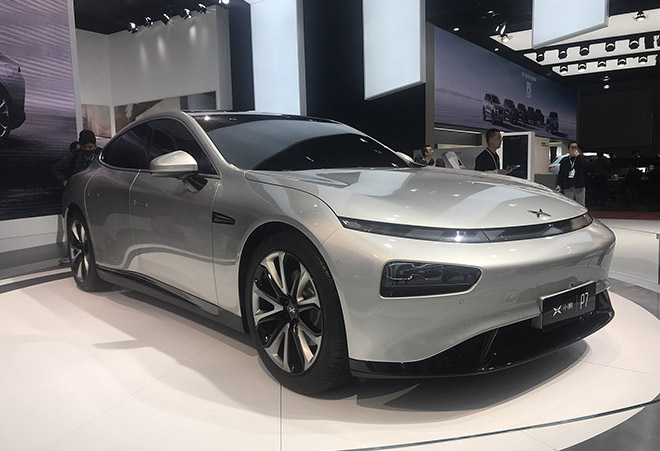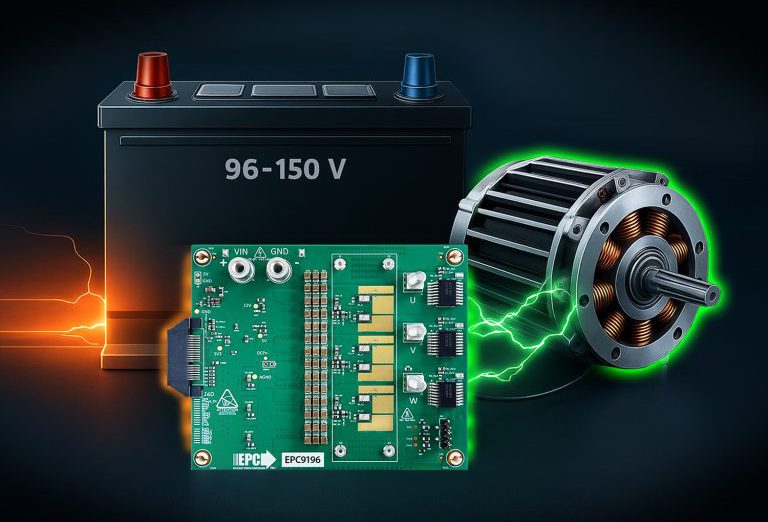Chinese automaker Xpeng is the most recent of a string of EV-makers to launch a headline-grabbing IPO. The company’s US stock-market debut (NYSE: XPEV) raised $1.5 billion off the bat, and the stock posted healthy gains on its first day.
However, as John Voelcker writes in The Drive, the exploits of Xpeng and its Chinese colleagues (Nio, Geely, BAIC et al) seem very abstract viewed from the US. None of their cars are available here, and first-hand reporting on the Chinese auto market is seldom seen in the Western press. We know there are millions of “new energy vehicles” on Chinese roads, but what are they really like?
Voelcker, a long-time automotive journalist with vast experience evaluating EVs, recently had a rare opportunity to drive the Xpeng P7 electric sedan. He perceived more than a passing resemblance to the Tesla Model 3, although he notes that Xpeng tends to emphasize the P7’s luxury and comfort rather than its performance.
Xpeng says it has delivered 18,700 units of the P7 to buyers in China (through July). There are currently no official plans to bring it to the US market.
The P7 comes in three basic variants: RWD Long Range, RWD Super-Long Range, and 4WD High Performance. Voelcker drove the 4WD High Performance model, which sports dual electric motors with total output of 430 hp and torque of 483 lb-ft, as well as an 80.9 kWh battery pack, a quoted NEDC range of up to 349 miles, and a 0-60 time of 4.4 seconds. The P7’s base price is the equivalent of about $33,400.

The interior design is “clean and modern,” with the obligatory central touchscreen as well as a more traditional instrument panel screen behind the steering wheel. Voelcker was struck by the elegant simplicity, but noted some odd design choices (a speaker pattern on the doors was hidden behind the edge of the dash) and build quality problems (paint defects, a creaky door, some gummy rubber parts).
Voelcker only got to drive the P7 in a parking lot testing course, but even without being able to put it through its paces on the streets, he got the impression that the car’s performance and ride was optimized for Chinese driving conditions, and might not meet the expectations of US drivers. He found the P7’s ride to be quite soft compared to a Tesla, and wrote that it “would need some serious attention to its suspension, tires and brakes before any attempted launch in America.” Acceleration was “fine,” but hard braking performance was “unacceptable”—maybe good enough for Chinese traffic jams, but lacking the grip required for “Jersey highway combat.”
The US auto industry has been dreading the advent of the Chinese for two decades. Voelcker recalls the 2008 Detroit auto show, which featured models from no fewer than six Chinese automakers—all of them “pretty appalling.”
Chinese automakers have made great strides since then, and the impending transition to EVs is giving them a tailwind. Will Xpeng be the first Chinese brand to establish a foothold in the US market? Voelcker ranks the company “low on the list,” behind BYD or Geely (owner of Volvo and Polestar). However, he was not unimpressed by the P7. “A company that was only founded five years ago is selling a car that has perhaps 75 percent of the features and capability of a Tesla. It’s not as fast, efficient, or composed.” It is, however, substantially cheaper.
Source: The Drive
Images by Jengtingchen


















































































